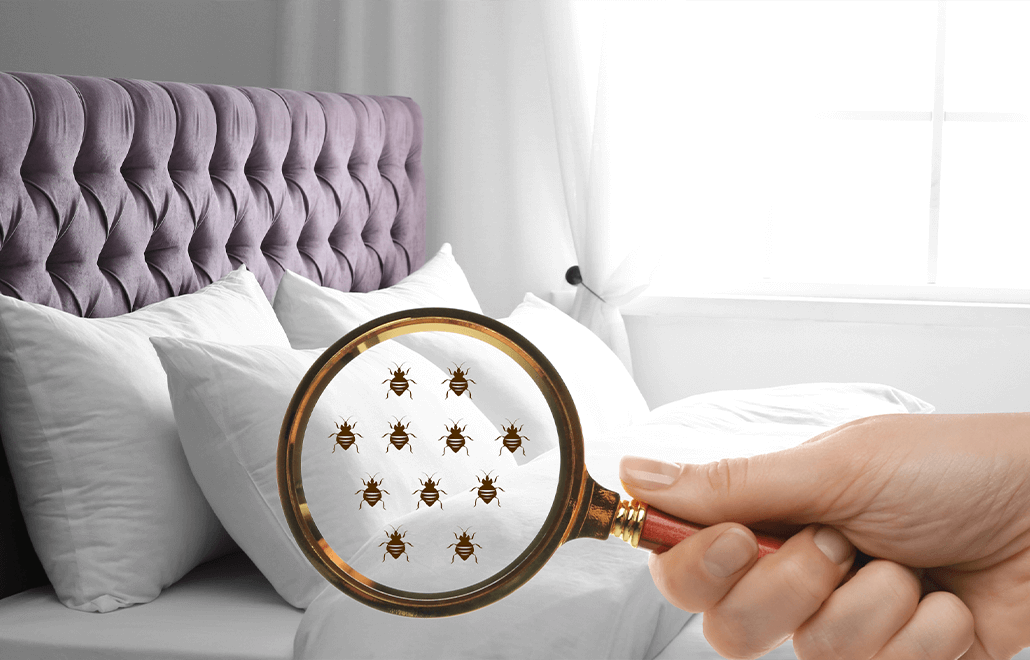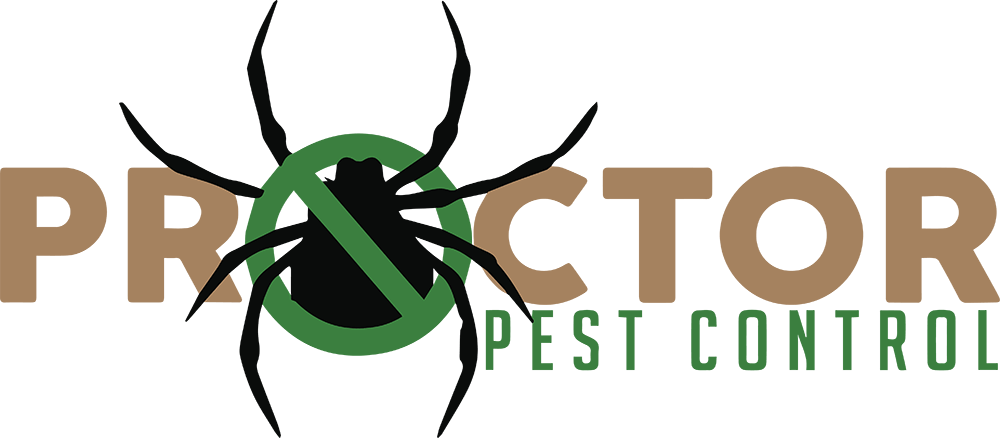
20 Mar Bed Bug Myths VS. Facts: Debunking Common Misconceptions
Bed bugs are notorious pests that can infest homes, causing distress and discomfort for residents. Unfortunately, misinformation about these tiny parasites is widespread, leading to confusion and unnecessary worry. In this blog post, we’ll separate fact from fiction by debunking some of the most common myths surrounding bed bugs and providing accurate information to help homeowners better understand and deal with these pests.
Myth: Bed bugs are only found in dirty or unsanitary homes.
Fact: While clutter and poor sanitation can provide more hiding spots for bed bugs, these pests are just as likely to infest clean and well-maintained homes. Bed bugs are attracted to warmth and carbon dioxide, making any home a potential target for infestation.
Myth: Bed bugs are too small to see with the naked eye.
Fact: While bed bugs are small, they are not invisible. Adult bed bugs are about the size of an apple seed and can be seen with the naked eye. Juvenile bed bugs (nymphs) are smaller but still visible. Look for signs of bed bugs such as reddish-brown stains on bedding, shed skins, or live bugs hiding in cracks and crevices.
Myth: Bed bugs only bite at night.
Fact: While bed bugs are most active at night when their hosts are asleep, they can bite at any time of day if they’re hungry. Bed bugs are attracted to the carbon dioxide emitted by humans, so they may bite during the day if they detect a nearby host.
Myth: Bed bugs transmit diseases.
Fact: Unlike some other pests, bed bugs are not known to transmit diseases to humans. While their bites can cause discomfort and itching, they are not a significant health threat. However, scratching bed bug bites can lead to secondary infections, so it’s essential to avoid scratching and keep the affected area clean.
Myth: Bed bugs only infest beds.
Fact: While bed bugs are commonly found in mattresses, box springs, and bedding, they can also infest other areas of the home, such as furniture, baseboards, and electrical outlets. Bed bugs are excellent hitchhikers and can easily spread to other rooms or even neighboring apartments.
Myth: DIY methods are effective for eliminating bed bugs.
Fact: While DIY methods such as vacuuming, steaming, and using over-the-counter pesticides may provide temporary relief, they are often not sufficient to completely eradicate a bed bug infestation. Professional pest control treatment is typically required to effectively eliminate bed bugs and prevent their return.
By debunking common myths about bed bugs and providing accurate information, homeowners can better understand these pests and take appropriate measures to deal with infestations. If you suspect a bed bug problem in your home, it’s essential to seek professional pest control assistance to ensure thorough treatment and complete eradication of the infestation. Don’t let misconceptions about bed bugs cause unnecessary worry—know the facts and take proactive steps to protect your home and family.
For professional assistance in dealing with bed bug infestations and other pest control needs, contact Proctor Pest Control today. Our experienced team is dedicated to providing effective and reliable pest management solutions to help keep your home pest-free.



